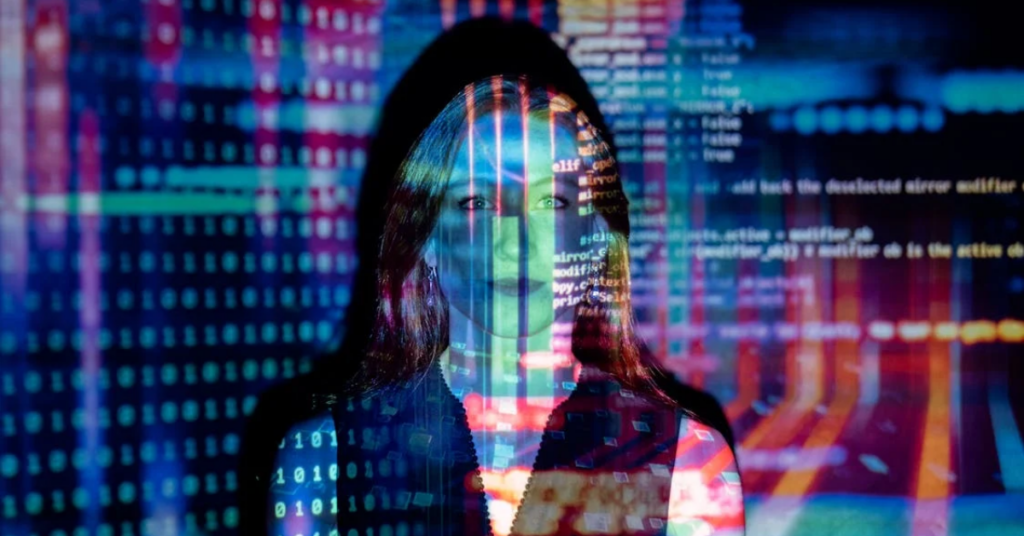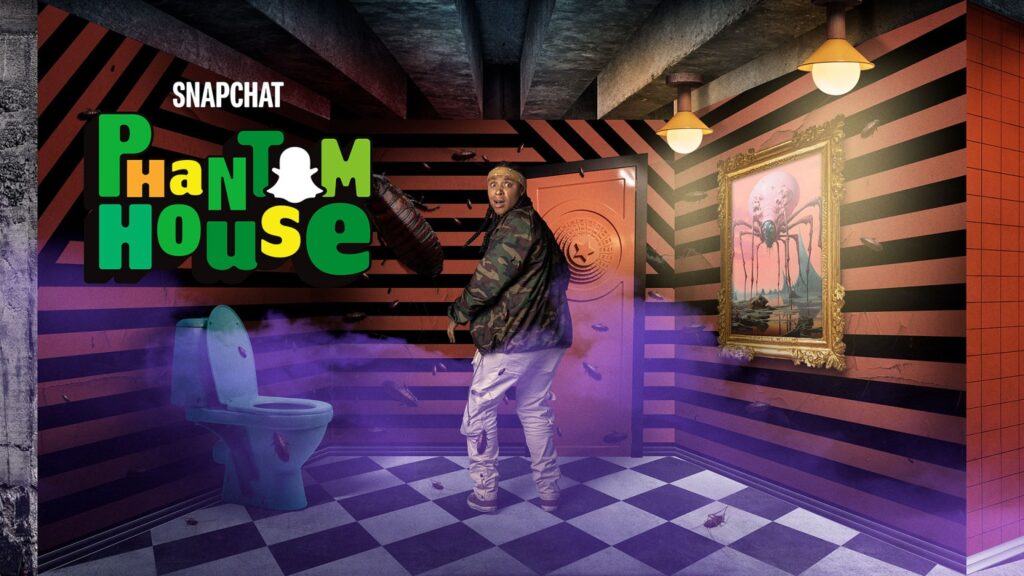In the fast-paced world of marketing, it’s all about staying ahead of the game. Brands are constantly brainstorming creative ways to grab attention and elevate consumer experiences. That’s where immersive virtual branding experiences powered by Virtual LED technology come in. This groundbreaking approach allows brands to express their identity creatively, rekindle interest, and step directly into consumers’ minds, creating lasting impressions that traditional marketing methods simply can’t match.
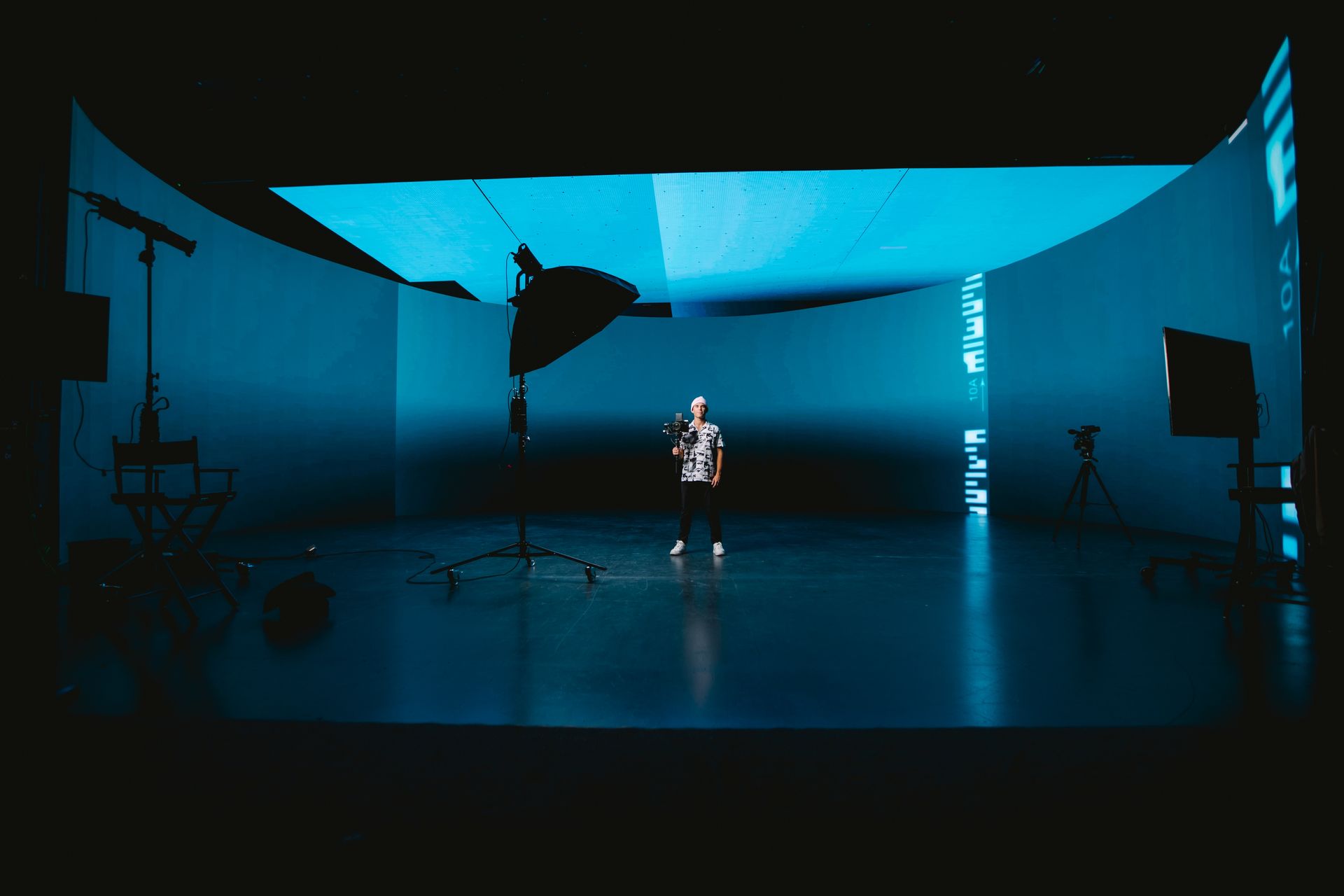
Virtual reality (VR) has revolutionized brand marketing, offering a fresh content format that transcends conventional techniques. With Virtual LED technology, brands and retailers can experiment, showcase their stories uniquely, and provide personalized retail experiences that were once the stuff of science fiction. Imagine consumers stepping into your virtual brand world, interacting with products, exploring the environment, and forging deeper connections with your brand—all from the comfort of their homes or in-store experiences.
Case Study: J.Crew’s Virtual Flagship Experience
A prime example of this innovative approach is the American fashion brand J.Crew‘s celebration of its 40th anniversary. Partnering with Obsess, J.Crew created a virtual flagship experience that highlighted their classic-themed products and showcased their rich business history through engaging features. Consumers could test their J.Crew knowledge, participate in scavenger hunts, and unlock access to archival photos from past catalogs. This immersive approach left a lasting impression on shoppers, effectively differentiating J.Crew in a crowded marketplace.
Engagement Redefined
In a world inundated with advertisements, Virtual LED technology offers brands the ability to capture and retain consumers’ attention in ways previously unimaginable. Through immersive storytelling and interactive experiences, brands can captivate audiences, transforming them from passive observers into active participants. This shift fosters a sense of connection and significantly improves customer loyalty. A Meta Quest 2 promotional billboard making use of Virtual LED technology is provided below:
The key to this engagement lies in the ability to provide personalized experiences at scale. By collecting data on user interactions within virtual environments, brands can tailor content based on individual preferences, behaviors, and demographics. Whether it’s a virtual tour of a product line or a branded adventure, VR ensures unparalleled engagement. Imagine a consumer virtually trying on sunglasses, exploring different styles, and receiving personalized recommendations—all powered by Virtual LED technology. This level of interaction not only enhances the shopping experience but also provides valuable insights for brands to refine their offerings and marketing strategies.
Pixel-Locked Precision
The applications of Virtual LED technology extend beyond virtual branding experiences. One of its most innovative uses is in precision advertising during live events. Brands can pixel-lock their virtual LEDs to physical LEDs, ensuring seamless integration of digital content with real-world environments. This capability opens up a world of possibilities, from overlaying digital content on sports fields to dynamically replacing signage based on the viewer’s location or preferences.
Advanced tracking technology ensures that sponsorships and advertisements remain visible and effective, regardless of camera angles or viewing perspectives. Imagine watching a football match where virtual billboards change dynamically based on the audience’s location or demographics, maximizing brand exposure and relevance. This level of precision and adaptability in advertising is unprecedented, offering brands the ability to reach specific audience segments with tailored messages in real time.
Virtual Advertising and The Future of Sports Branding
The world of sports branding is constantly evolving. Iconic partnerships have cemented certain brands in our minds, forever linked to historic moments in sports. But traditional advertising methods like static signage are struggling to keep pace with the global, tech-driven nature of modern sports.
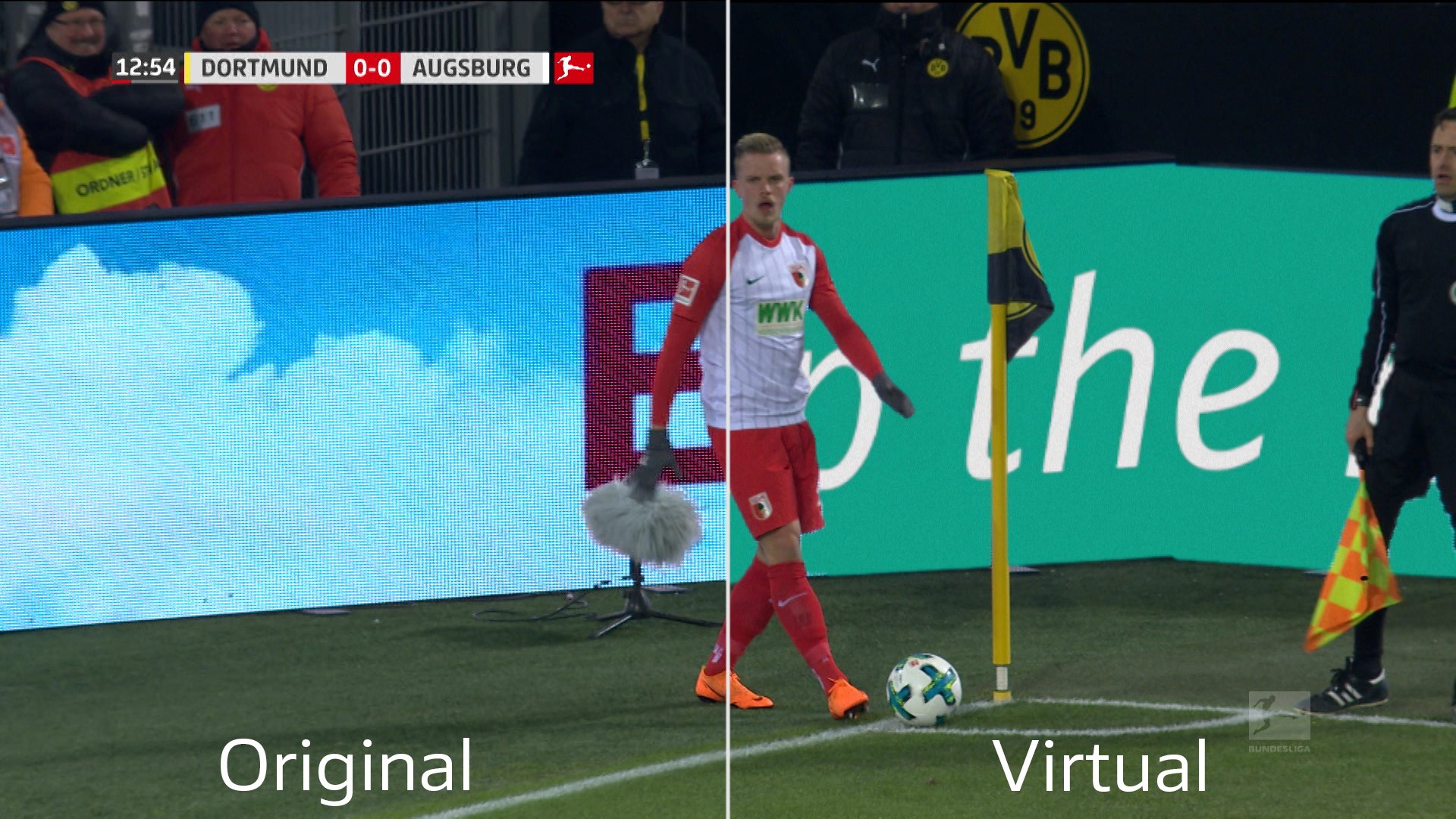
What is Virtual Advertising?
Virtual advertising uses cutting-edge technology to integrate digital ads seamlessly into live broadcasts and on-demand content. Gone are the days of clunky, one-size-fits-all signage. Virtual advertising allows for:
- Targeted messaging: Reach specific audiences with relevant ads. Imagine a US baseball game with targeted ads for local hotdogs during regional broadcasts and national car commercials for wider audiences.
- Global appeal: Cater to international viewers. A European soccer match can showcase different brands depending on the broadcast location.
- Dynamic opportunities: Capitalize on last-minute deals. Respond to trending topics or integrate with larger marketing campaigns.
Benefits for Brands and Rights Holders
Virtual advertising offers a win-win situation for both brands and rights holders:
- Increased Revenue: Teams and leagues can sell ad space on a local, national, and international scale, maximizing their earning potential.
- Accessibility for Smaller Teams: Even lower-league clubs can leverage virtual advertising for televised events, creating a more consistent viewing experience.
- Data-Driven Marketing: OTT platforms collect valuable audience data, allowing for highly targeted ad campaigns that resonate with viewers.
The Future of Sports Branding
Virtual advertising represents a significant leap forward in sports branding. It offers a dynamic, targeted, and data-driven approach that caters to the ever-evolving sports media landscape.
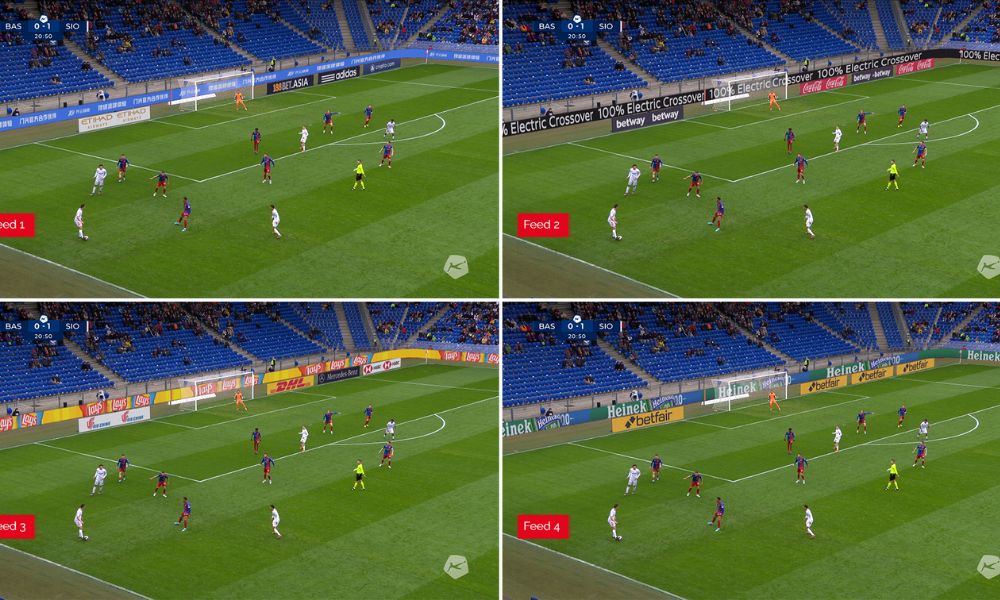
This technology unlocks a treasure trove of possibilities:
- Personalized Experiences: Imagine broadcasts tailored to fantasy sports players or fans seeking in-depth statistics. Each experience can have its own set of targeted advertising.
- Competition with Other Platforms: Sports can leverage virtual advertising to compete with other platforms for advertising dollars, thanks to the ability to target specific demographics and respond to trends in real-time.
- In-House Advertising Teams: Rights holders can move beyond sponsorships and create their own advertising departments, selling unallocated inventory using virtual advertising technology.
Virtual advertising is no longer a futuristic concept. It’s here, it’s powerful, and it’s poised to redefine sports branding.
Future of Virtual LED Technology in Branding
As Virtual LED technology continues to evolve, it’s clear that the future of branding lies in these transformative experiences that blur the lines between physical and digital realms. Brands across various industries are exploring innovative ways to leverage this technology:
- Luxury Goods: High-end watch brands could allow customers to virtually explore intricate watch mechanisms, offering an up-close look at craftsmanship that would be impossible in the physical world.
- Cosmetics: Beauty brands could offer personalized makeup tutorials in virtual environments, allowing customers to try different looks and products without the need for physical samples.
- Automotive: Car manufacturers could create virtual showrooms where customers can customize vehicles, explore features, and even take virtual test drives.
- Travel and Hospitality: Hotels and resorts could offer virtual tours of their properties, allowing potential guests to explore rooms, amenities, and surroundings before booking.
- Education: Educational institutions could create immersive learning experiences, taking students on virtual field trips or providing hands-on training in simulated environments.
The possibilities are limitless, limited only by creativity and technological advancement.
Challenges and Considerations
While the potential of Virtual LED technology in branding is immense, it’s important to consider the challenges such as the following:
- Cost: Developing high-quality VR experiences can be expensive, potentially limiting access for smaller brands.
- Accessibility: Not all consumers have access to VR equipment, which could create disparities in brand engagement.
- Technical Limitations: Current VR technology still has limitations in terms of resolution, field of view, and comfort for extended use.
- Data Privacy: As brands collect more data through VR interactions, ensuring consumer privacy and data security becomes paramount.
- Content Quality: Creating compelling, high-quality VR content requires specialized skills and resources.
A Radiant Path Forward
Virtual LED technology isn’t just about pixels and dazzling visual displays; it’s about illuminating brand narratives in ways that resonate deeply with consumers. As attention spans shrink and competition for consumer mindshare intensifies, brands must embrace this powerful tool to create lasting impressions and forge meaningful connections. The future of branding is bright, powered by the glow of Virtual LED technology. It offers a canvas limited only by imagination, where brands can paint vivid, interactive stories that captivate, engage, and inspire. As we move forward, those who harness the power of this technology will not just participate in the market—they will shape it, creating experiences that linger in the minds of consumers long after the screens go dark.
Also Read: Whee: TikTok’s New App for Close Friends – Innovation or Redundancy?


